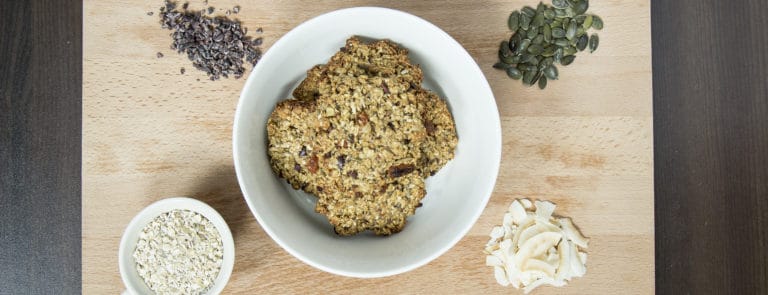10% off £35
A guide to tofu: types, nutrition, cooking tips, benefits & more
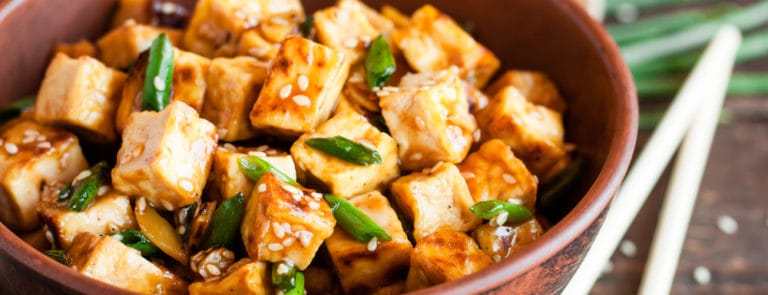
Tofu is a great meat-free source of protein, which could be a great addition to your diet.
It’s hugely popular in the vegan and vegetarian community, so we wanted to give you the lowdown
What is tofu?
Tofu is a meat-free, dairy-free high protein food that is ideal for vegans and vegetarians.
Otherwise known as bean curd, it is a byproduct of food from soymilk curd and is usually pressed into white blocks when served. It can be soft, firm, or extra firm.
Where does tofu come from?
As with many soya foods, tofu is of Chinese origin.
Historically it's said that it was discovered by accident around 2000 years ago by a Chinese cook who accidentally curdled soy milk when adding nigari seaweed.
It wasn’t until the 1960s and an interest in healthy eating saw tofu introduced to Western nations.
Since then, there has been a lot of research has been carried out into the benefits that soya and tofu can have on your health.
Summary
- Tofu is a meat and dairy-free, high protein food that is popular amongst vegans and vegetarians.
How is tofu made?
Tofu is made from ground soybeans and water that are heated with minerals such as calcium or magnesium salt to formulate a gooey texture.
The remaining curds are then pressed into a block, which are then eaten or sold as tofu.
There is a number of different types of tofu are available, each type is dependant on how you are using it.
What are the different types of tofu?
Regular tofu is pressed and has a spongy texture and comes in several varieties distinguished by how much water is pressed out.
There are four main types of fresh tofu, however many more are available.
The different fresh tofu varieties include:
- Silken
- Soft
- Firm
- Extra firm
Soft tofu has the least amount of water pressed out, while super-firm has a low moisture content and a dense texture.
- Silken tofu: Silken tofu is the softest form of tofu, it's often used for creaminess in desserts.
- Soft tofu: Soft tofu is a fragile, easily broken tofu. Its usually used in smoothies or used as an egg substitute when making vegan pies.
- Firm tofu: Firm tofu is a slightly more rigid texture – it's often used for topping salads or pizzas, like a substitute for feta or mozzarella.
- Extra-firm tofu: As the name suggests, extra firm tofu is a much more stable structure. It’s used stir-fry, for stewing and braising, as well as
Summary
- Tofu is made with pressed soyabeans and water which is then formed into a block
- There are several types of tofu, however there are four main types that differ in texture and each is used in different areas of cooking.
What does tofu taste like?
One of the best things about tofu is that it's quite versatile. Some people eat it raw, which has quite a sour flavour.
However, the consistency of tofu makes it excellent at absorbing flavours, which is part of the attraction.
When prepared properly, tofu can be savoury, sweet, crunchy, or soft, so it can be used in various dishes.
Its mildly sweet and creamy texture makes it an excellent addition to desserts.
Summary
- Raw tofu has quite a bland, sour taste
- Cooked tofu absorbs flavour, which is what makes it popular.
Is tofu good for you?
Tofu is very good for you, being low in fat and high in protein yet free from dairy, eggs, or any animal protein.
It contains all eight of the essential amino acids and is a good source of iron and calcium, plus magnesium, copper, zinc, selenium, manganese, and phosphorous.
These nutrients are particularly important for people following a vegetarian or vegan diet, or pregnant women who may be running low in this nutrient.
Summary
- Tofu is low in fat and high in protein. It contains all eight amino acids. So, it can be a great addition to your diet.
Is tofu high in protein?
Tofu is high in protein and contains all the essential amino acids your body needs. It also provides fats, carbs, and a wide variety of vitamins and minerals.
As it derives from soyabeans, tofu is meant to share many of the same nutritional qualities as soya
Benefits of tofu
As it’s made entirely from soyabeans, tofu is a low calorie, nutrient-dense food.
However, that can be dependent on ingredients, so it's always worth checking the packaging when buying.
Soyabeans contain isoflavones, which are a natural plant compound and are associated with a range of benefits.
They have an estrogen-like effect and can help support your blood vessels.1
But the benefits of tofu don’t stop there. There’s are few potential benefits to adding tofu to your diet.
Four potential benefits of tofu
-
Bone health
Research suggests that a daily dose of 80 mg of soy isoflavones may reduce bone loss.2
-
Brain function
Soy isoflavones may have a positive effect on nonverbal brain functionality, particularly in women over 65.3
-
Skin health
Isoflavones in tofu can also keep your skin healthy. It could have a positive effect on the amount of moisture your skin produces and lessen the amount of oil.4
-
Weight loss
When eaten as part of a healthy, balanced diet, tofu can be a great addition due to its high protein content.5
Cooking tofu at home
You’ll find tofu in a wide range of East Asian and Southeast Asian dishes, where it is used as a versatile and adaptable source of vegetarian protein which takes on the flavours of other ingredients.
As with most protein sources, it is low in sugar and also low in fibre.
So, combine it with vegetables, leafy greens, pulses, beans, or rice for a complete nutritional profile.
For Chinese-style dishes:
- Drain and press extra firm tofu and cut into cubes.
- Combine 1 tbs sesame oil, minced garlic, sliced shallots, freshly grated ginger, 50ml tamari, 50ml orange juice, 2 tbs rice vinegar, and 2 tbs lemon juice.
For Indian flavours:
- Drain and press extra-firm tofu and cut into cubes.
- Toss the cubes in 1 tbs garam masala spice and cook in a small amount of oil over high heat.
- Remove the tofu and add chopped onion, grated ginger, minced garlic, curry powder, and turmeric powder into the pan and cook through.
- Add the crisped tofu and use it in Indian style dishes.
For Jamaican style:
- Drain and press extra-firm tofu and cut into cubes.
- Combine 50ml tamari, 50ml apple cider vinegar, 50ml lime juice, 2 tbs hot sauce, minced garlic, grated ginger and chopped red chilli pepper to taste.
- Into this mix add allspice, dried thyme, onion powder, cinnamon powder, and nutmeg to taste.
- Marinade the tofu for 30 minutes or overnight and use it in Jamaican style recipes.
Spicy Tofu Scramble Recipe
This recipe uses tofu in place of eggs for a nutritious, low fat, high protein meal you can enjoy for breakfast, lunch, or a light supper.
Ingredients
- 1 tsp coconut oil
- 150g firm tofu, crumbled
- Chopped onion, bell pepper, mushrooms (or your choice of vegetables)
- Curry powder and cumin
- Spinach leaves
1
Heat the oil in a heavy pan and saute the vegetables until soft
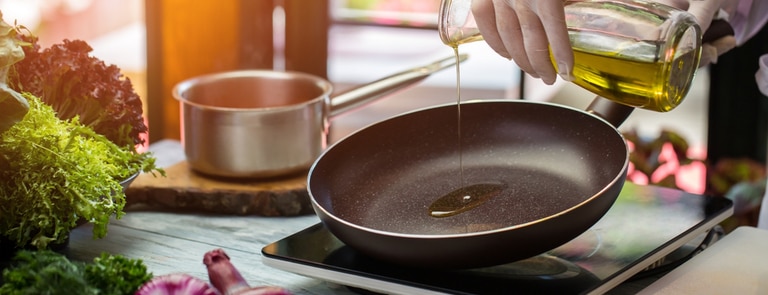
2
Add the crumbled tofu and cook until slightly brown
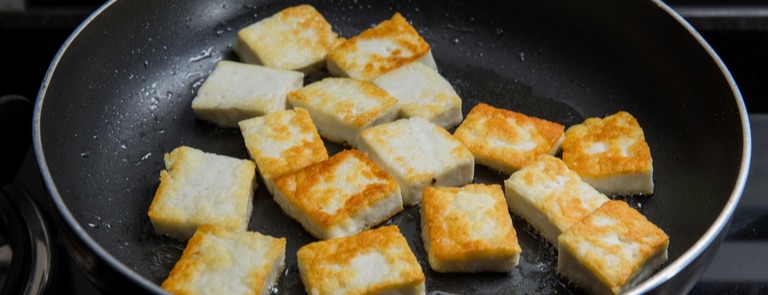
3
Add the spices towards the end of cooking

4
Add the spinach leaves and remove from the heat, allowing the spinach to wilt
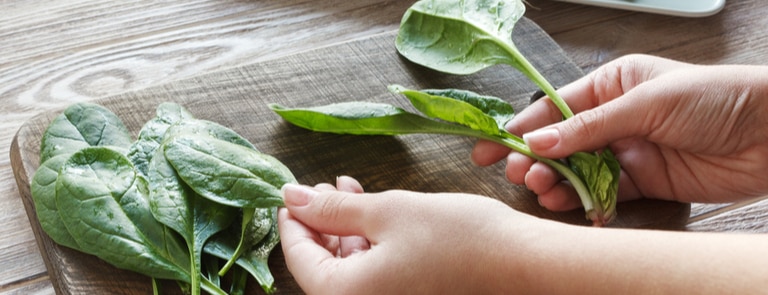
5
Serve on toast, on a bagel or with a side of avocado
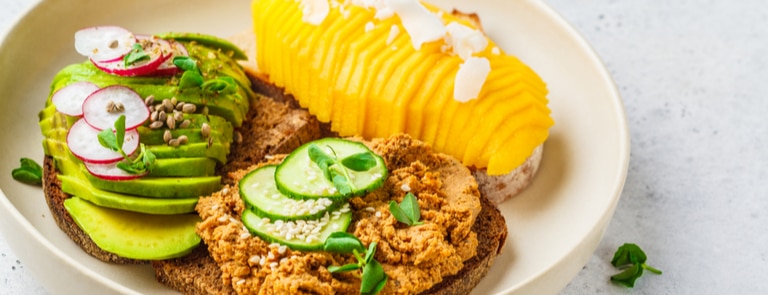
5 more ideas for tofu
- Blend soft (silken) tofu with frozen raspberries then pour into a shallow dish and refrigerate – the result is a sweet protein pudding.
- Add silken tofu to your smoothies for a protein boost and a fluffier texture.
- Use tofu chunks in savoury main meals like casseroles or jacket potato fillings.
- For a meat-free mince dish like cottage pie, Bolognese or chilli, use tofu mince.
- Enjoy a tofu spread as a vegan and dairy-free alternative to cream cheese or pate – ideal on hot toast, baguettes, or in sandwiches.
For a quick and easy weekday dinner, try Mr Organic Tofu Pasta sauce which is packed with vegetables and healthy protein.
For more healthy recipes, make sure you check out our Health Hub.
Last updated: 25 August 2021


